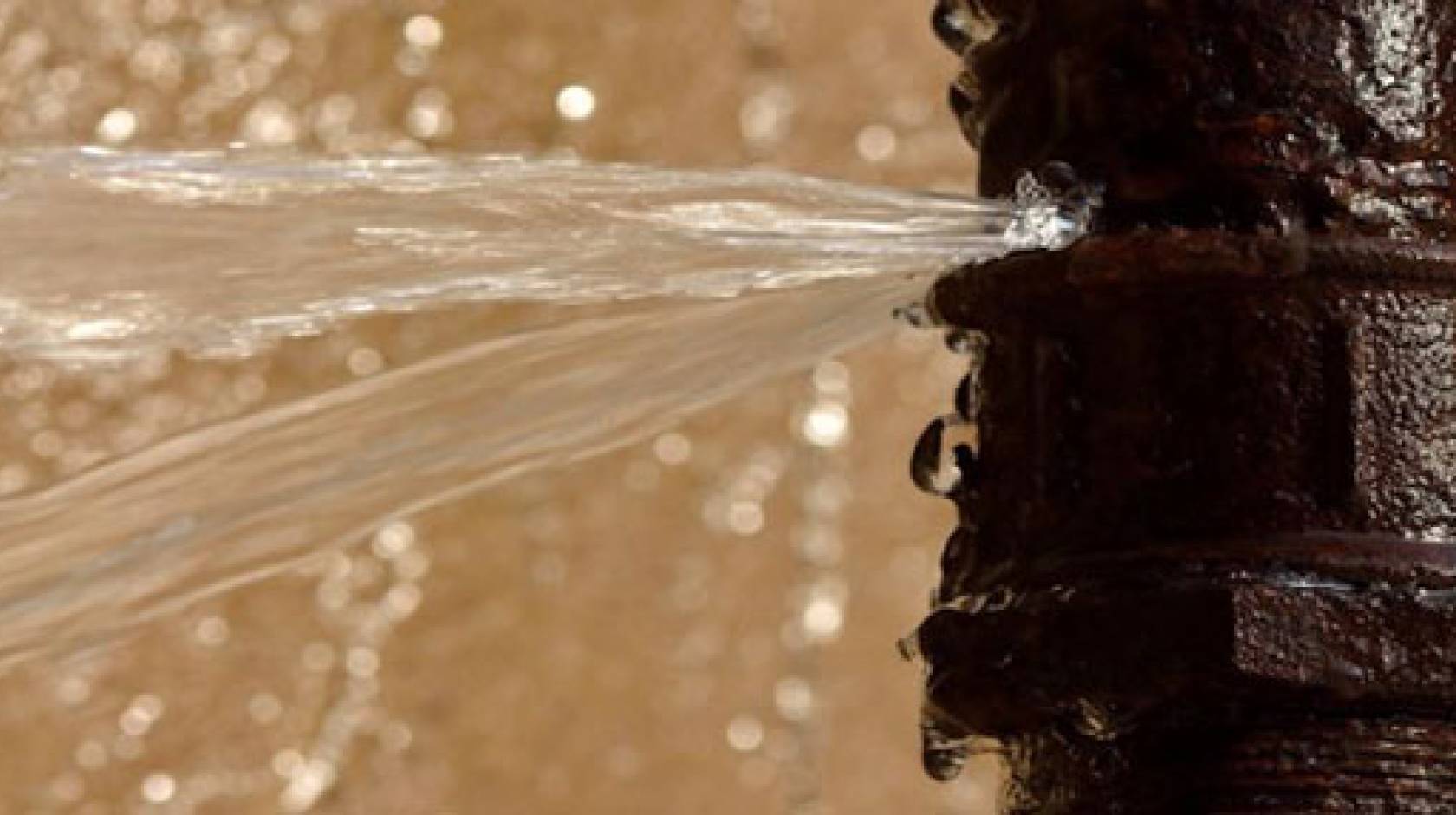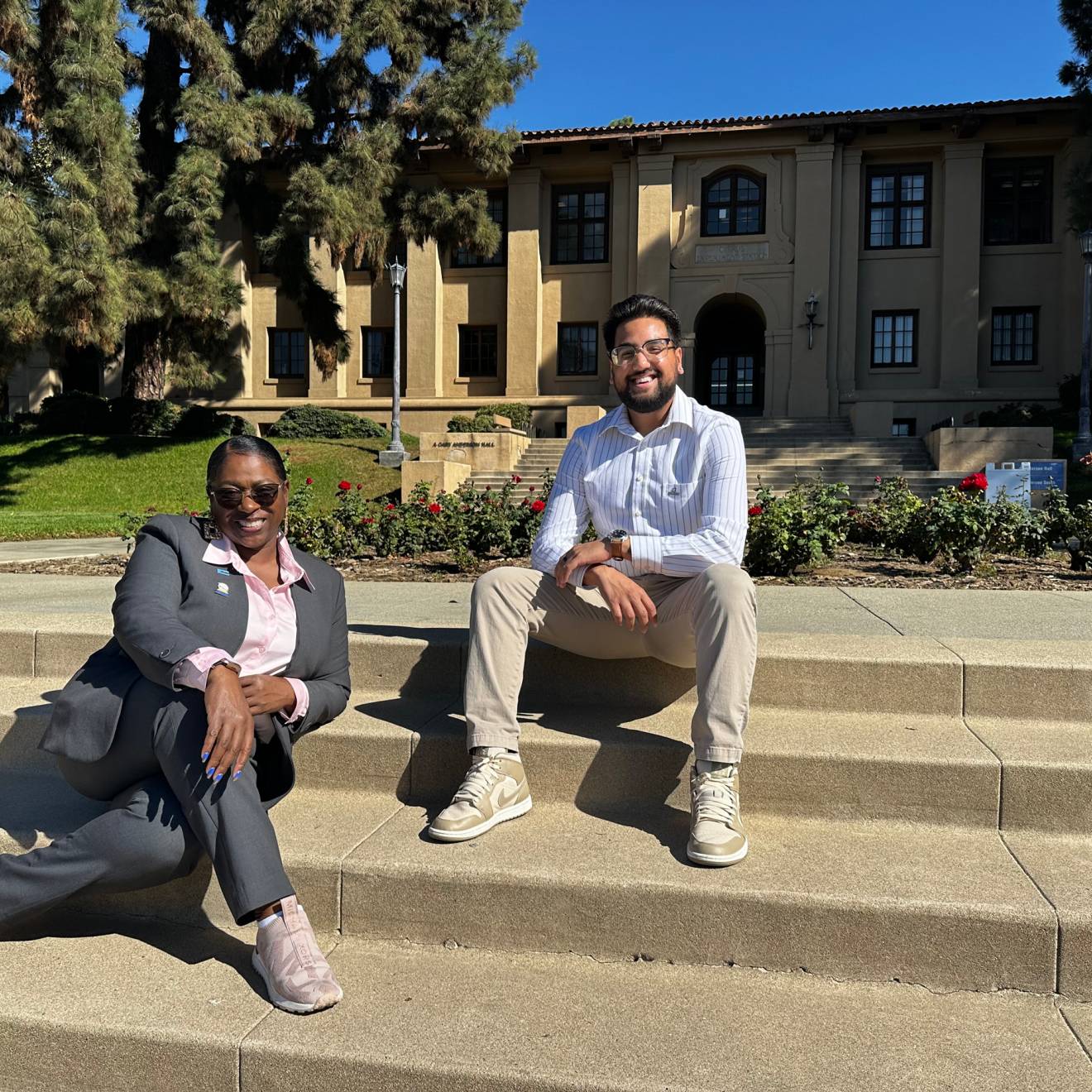Glen Martin, California Magazine

The drought may not have caused California’s water crisis, but it’s certainly brought it to the attention of a public largely uninterested in it until government fiat made shorter showers and dead lawns de rigueur. State water demand has outstripped supply for decades. Water rights claims for the massive State Water Project and federal Central Valley Project outpace average annual supplies by at least five fold.
And that’s just for surface water. Groundwater provides 30 to 45 percent of California’s needs, and we’re pumping it so fast that massive land sinking is occurring throughout the San Joaquin Valley.
Thus, with 38 million people in the state and counting, we’ll never have “enough” water. The only thing we can do is manage what we have more efficiently. But therein lies the rub: We don’t know how much there truly is, and we don’t know how much we really use. It’s not just that groundwater is unmetered, or that the way surface water is allocated is confusing, poorly tracked and executed—and sometimes egregiously duplicitous. The infrastructure delivering our water is so antiquated and leaky that much of it is lost before it can squirt out a tap.
“A tremendous amount is being wasted,” says John Gage, a founder of Sun Microsystems who’s on the advisory board of the Goldman School of Public Policy at UC Berkeley. “We haven’t even begun to accurately quantify it yet, but we know, for example, that about a million gallons of water a month leaks from the old terra cotta pipes at Cal’s botanical gardens. Leakage is a significant contributor to California’s water dilemma. The infrastructure is old, cracked, damaged by quakes. It’s a mess.”
Read the full story at California Magazine.

